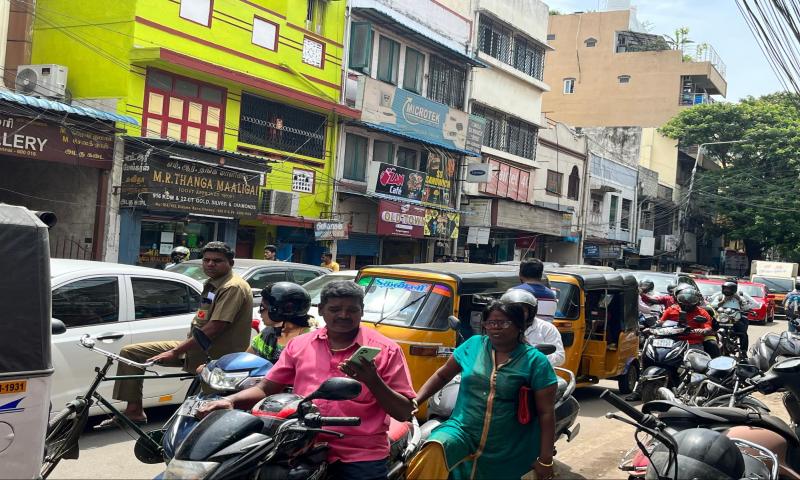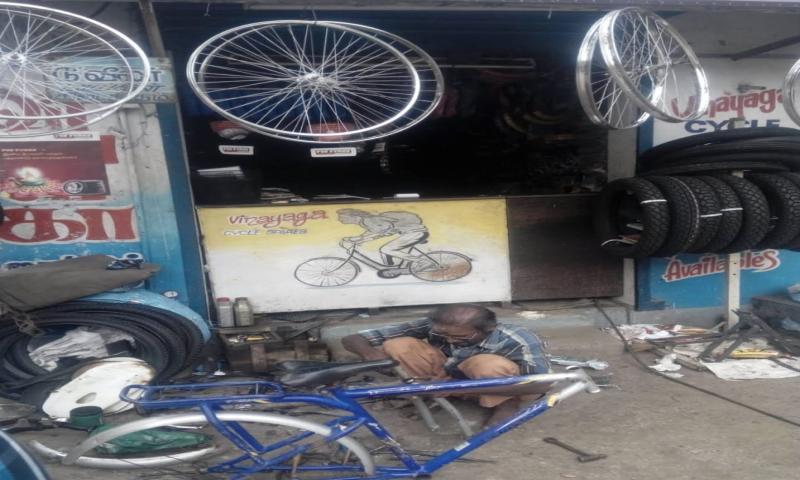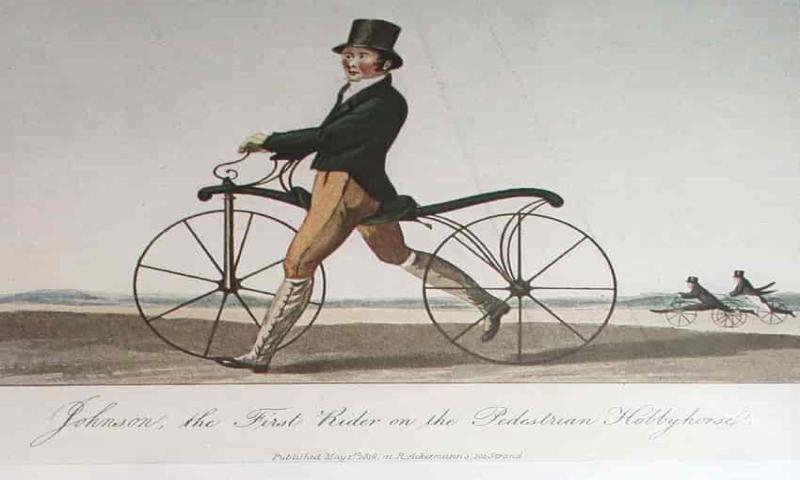International Cycle to Work Day 2024
Running low on exercise during workdays? Dust off your bike and start cycling to celebrate pedal power! Reclaim valuable time, enjoy health benefits, and reduce traffic congestion. Start your day with a refreshing cycle to work alongside your colleagues, embracing the spirit of International Cycle to Work Day.




